Introducing Miss Museletter: The aesthetics of living life as a muse.
My mother, home and the figure of the muse.
My mother is an integral part of how I see, feel and view the world. Everything I have learned and internalised that is part of how I navigate – as far as I understand to this point in my life – is by watching her not only being a mother and a woman but also doing things that make her a mother and a woman.
She is very particular in the ways she wants things to look. She would always be concerned with not necessarily what she wears but how she wears it, not what she communicates but how she communicates. In 2017 I wrote a contribution for School in Common’s (Stockholm) reader “Intimate from Time to Time” called “Domestic Feelings”, based on an earlier video work I made called “Amateur, Kakateur, Fukateur” where I outlined my domestic environment growing up resembling the presence of my mother.
The entire guise of our home was covered in yellow, orange, beige, lime- and rose-coloured hues. The energy was very warm and cozy, supported by all the different textures coming from curtains, chairs, tables cloths, the sofa and the carpet. All of our furniture was customised by her, so every texture, fabric and color repeated itself in other shapes and forms throughout our interior. She would have never bought an orange sofa and then went to go finding chairs or curtains that would fit it. She would buy flowers, not organic but synthetic ones. Synthetic flowers stay in shape, are solid and reliable, they need no caretaking – only a little dusting from time to time.
One of the many things she loved to collect were crystals, anything resembling glass, neatness and would enhance the warmth she was trying to build. Clear cut, see-through and timeless, something safe and everlasting. If my father would change or rearrange anything, she would let him have it. She would always make sure he knew that our home is under her management.
Another thing she would do at home is listen to her favourite music. I remember seeing her singing at the top of her lungs and dancing while she was doing chores, even up to today, when I call her, there is always something playing in the background. Home was always accentuated with music from different genres, becoming a source of energy and connection, sort of the pulse of our home. In this way, music served as more than just a background noise - it was a form of expression and a source of comfort. It enables me to trace the contours of my childhood memories and gives me safety today, to have something I can hold on to.
With my mom being a seamstress and creative, whilst also having little resources to buy clothes, she would make the most of our fashion at home. She would borrow the newest “Burda Style”1 at our little local library. She would go on and tailor outfits for school, birthdays, Christmas or Easter, so we would feel special and not less than. Also when taking pictures, she would always teach my sister and I how to properly pose and gesture to convey our most beautiful selves to the camera.
There is one particular memory I have, where the ways in which she was parenting and disciplining us internalised me seeing myself from the outside. I needed a warm winter jacket, so we were going to retail stores and looking for inspiration. I really liked a black leather jacket, but it was way too expensive at the time. What I did not recognise is that my mother bought the jacket, took it home, made a cutting pattern out of the original, returned it and made a 1:1 copy. When winter approached, it was snowing outside and I apparently – this is something I do not remember but my mother told me – wanted her to take a picture of me in the snow. She pulled the jacket out, I was stunned and ecstatic, put it on and went outside. She told me, I was directing her how to take a picture and needed feedback if my face and pose were right. This is the picture (& mind you, this was on film):
Another, very close memory pops up, that paints a clearer picture on how I internalised seeing myself from the outside. My mother and I were shopping for new shoes in the city. On our way to a store, I fell down because of an uneven spot on the pavement. My mother picked me up with both hands, her left hand on my right arm and her right hand on my left arm. She put me down, wiped the tears from my face and looked me straight in the eye:
“Do not cry! We do not have time, your father will be home from work soon and we still have to pick up your sister.”
I never quite understood what that meant, but since I have started group therapy, I am slowly learning to process my feelings better. I no longer remember the exact physical impact of my fall, whether it hurt or not, but rather the fear of being allowed to show my pain. This has led me to relate my feelings to others and at the same time feel responsible for their feelings.
So you might be wondering what does that have to do with Miss Museletter? Let me tell you: everything.
The ways I have built a relationship with everything around me, the way my body takes form, the way my mind takes shape, the way I understand my environment, the ways I politically, socially and emotionally dis_engage, the way I navigate my relationships and the ways I do my work has always been about how I see myself in relation to the outside. It is as if my mother taught me to see myself as a muse regarding everything around me – and see everyone else as a muse, too.
How do we inspire each other? How do we learn from each other? How can I take space whilst you do that, too? How do I command and focus attention on myself? How do I adjust that to my environment? How do political and social issues take affect on me? When do I make everything about myself and when am I able to decentralise myself? How is food also information and knowledge? How does sound connect? How can I be a force of a life centred in creativity?
My mother taught me a lot about self-expression and navigating, but more so her version of it through living her own story. I have also learned how much she repressed her needs and desires, recreated reality and how tame she kept herself in order to hold onto her sense of safety she creatively built. There are motifs of resilience and determination woven into composing herself at the center, echoing my mother's journey of creating a sense of home in an unfamiliar environment. It is on me now to recognise my own story, me at the center of it.2
After all these years, me moving out and having a distance from home, now trying to create my own home, I am able to see myself starting to do the exact same. Wanting to freeze this warmth in time to feel safe in a country, where she did not feel at home, where her family wasn’t close, where her husband was working all the time. She wanted to create a space that would not leave her and give her a sense of certainty, that was made by herself. This takes up a lot of energy, creativity, flexibility and management to achieve such a material outcome.

Being a muse as a way of life, most certainly, is crafting reality in ways, that center creativity at one’s core. A muse is traditionally and conservatively understood as a source of inspiration, often for artistic or creative endeavors. In Greek mythology, the Muses were goddesses who presided over various arts and sciences, such as music, poetry, dance and history. Artists and thinkers would invoke the Muses for inspiration and guidance in their creative processes. A muse can refer to any person, idea, or experience that inspires. This could be a particular place or moment that evokes interest or even an abstract concept that ignites imagination. A muse can serve as a catalyst for exploration, offering new perspectives and ideas or simply provide the impetus to create.
“[…] maybe I am my own muse, honestly, yea … facts” – Julia Fox
Historically the muse, usually female, has always been veiled by the artist, usually male.3 The muse has always allowed the artist to discover her force of uniqueness and find the inspiration in her he so urgently craves (and lacks). Yet, as soon as the creative impulse is satisfied and whatever the artist realised, the muse often fades into the gloom. She is then forever the essence, merely a source of extraction and receives little to no public recognition nor gratitude. To me it sounds like men found a way to reverse the power women have had historically in terms of reproduction. Creating life over a span of months in her own womb. Being able to bear and conceive a child. The only thing the male had to do was to cum in her. The creation part mainly centres around the reproductive technology that was solely granted to the biological female. With this imagery of the muse and the artist, I feel like history’s dominant narrative echoes an abstraction from this gender power relation that is inherent to biological men and women. Women in arts mainly have been represented as objects or muses, whereas men in arts have dominated the artist category. Men cannot create life, they incite it, whereas the artist creates only through a source of creativity, in this imagery: the muse.
It was marvellous when Julia Fox recognised herself as her own muse. In 2022 she was being interviewed at New York Fashion Week and was asked whether she had a muse. Her response was: ”Oh my gosh, tough question, I don’t know, maybe I’m museless”. The interviewer goes on to say: ”You are your own muse!” and then Julia Fox replies: ”Maybe, ya, maybe I am my own muse, honestly, yea … facts!”. Saying that she is museless is on par with her being her own muse, because she does not see the muse outside of herself. The source from where she would draw energy from is not outside of herself. She is able to recognise the muse within herself. She does not wait for validation, she is already validated by identifying with her creation. Living life as a muse does not mean though, that you cannot be inspired by external factors. Think of it more like that the external is already a version of what you have already as a disposition within you. The muse responds to that which it is drawn to or repelled by. This moment is deeply personal and intricate.
In political action, understanding one’s potential of radically engaging with the transformative energy of relationships – the muses we all are meant to be – is a direct act against vampiric patriarchal hegemonial capitalist extractors. I have all the material, tools and toys I need: My own story, my experiences, my emotions, my knowledge, the relationships I exist in, everything is at my disposal. If I trust myself to go there, trusting others to go there, too, imagine this collectively musifiying moment. A herd of uncontrollable, unmanipulable and uncontainable MUSES. And don’t get me wrong, I am not talking about anarchy, but about synchronising your desire with your potential, literarily surrendering. A muse also understands the importance and the limitations of their body. Death is as important as life, just different in timing. As mentioned above, conservatively, a muse has always been seen as a source of essence. But once we understand, that our essence is not inexhaustible, that we understand ourselves as resources, we might be better at taking care of each other. And: feelings come and go, therefore a muse also absolutely understands when to not take herself too seriously. Very intuitively, a muse senses when to engage and disengage. The (re)creative mental state of a muse is constantly aware of destructing and constructing, destroying and creating, eluding capture and surrendering to an invitation, harmonizing and antagonizing, simultaneously. From this awareness the muse can make a decision which impulse to follow.
Whether you are your own muse, someone else’s or you have not figured out the way of a muse, you cannot escape the ways in which power, resources and energy are being distributed in our society. Being a muse is deeply personal, as what tickles me may not necessarily tickle another. At the same time, being a muse as a way of life is also deeply rooted in relationships. What I tickle in you, may have been unintentional. What you tickle in me, may have been unintentional, too. Imagine that, with intent.
Titillate each other, vivify yourselves.
In loving memory of one of the ULTIMATE MUSES Octavia Saint Laurent 💜
(Deep Dive coming soon)
A magazine for people who make cutting patterns and sew.
Not individualism, more so understanding, that the self is always in a relation to others. Without recognising, that I, too, am of importance, of significance and see myself in a society that lives from action-oriented relationships, I think, perhaps, it is very hard to fully grasp one’s potential. This is also not meant as an infinite truth that one should follow, as if this is a life advice. I am in a phase where this mental lane is important for me, otherwise I won’t be able to live the way I need to – at least for now.
For the sake of the argument I will stay within the conventional gender binary man_woman






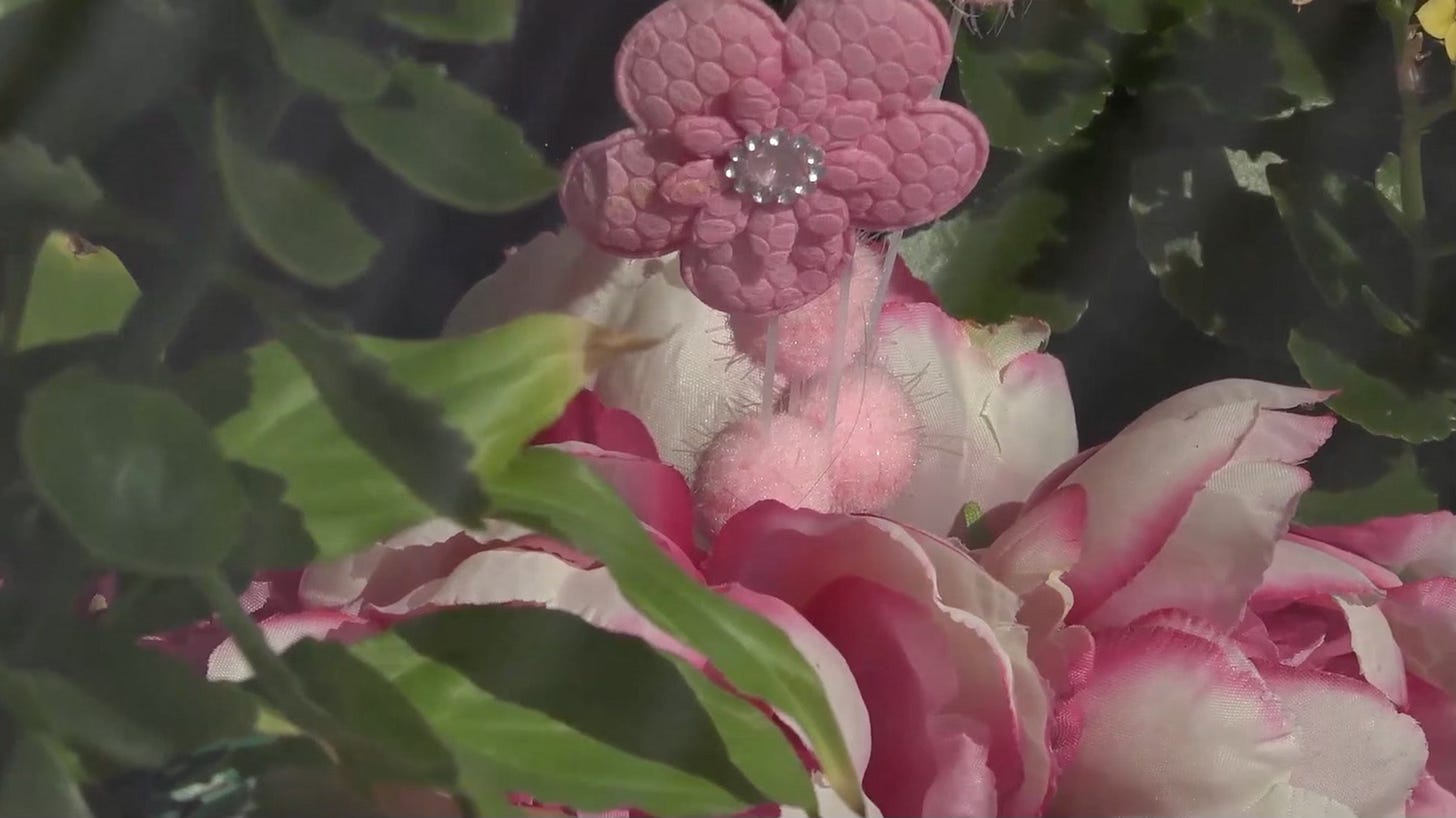
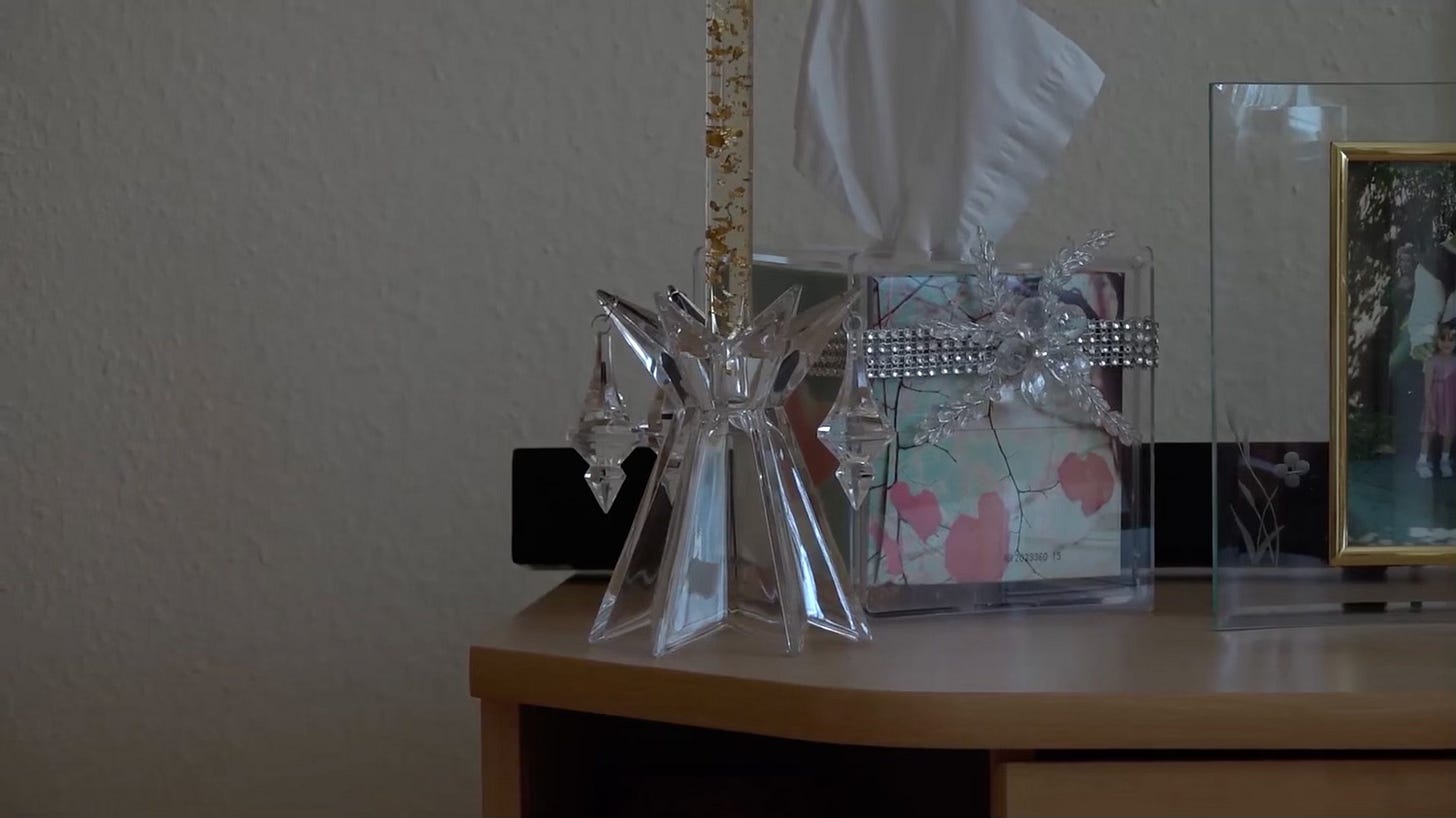
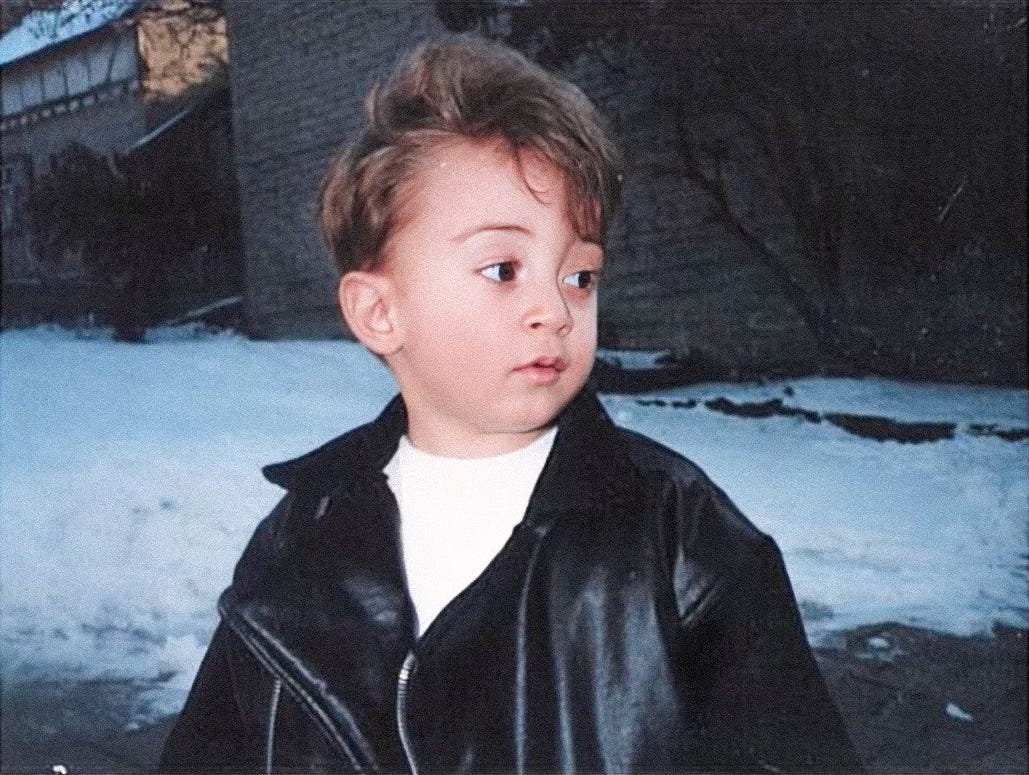


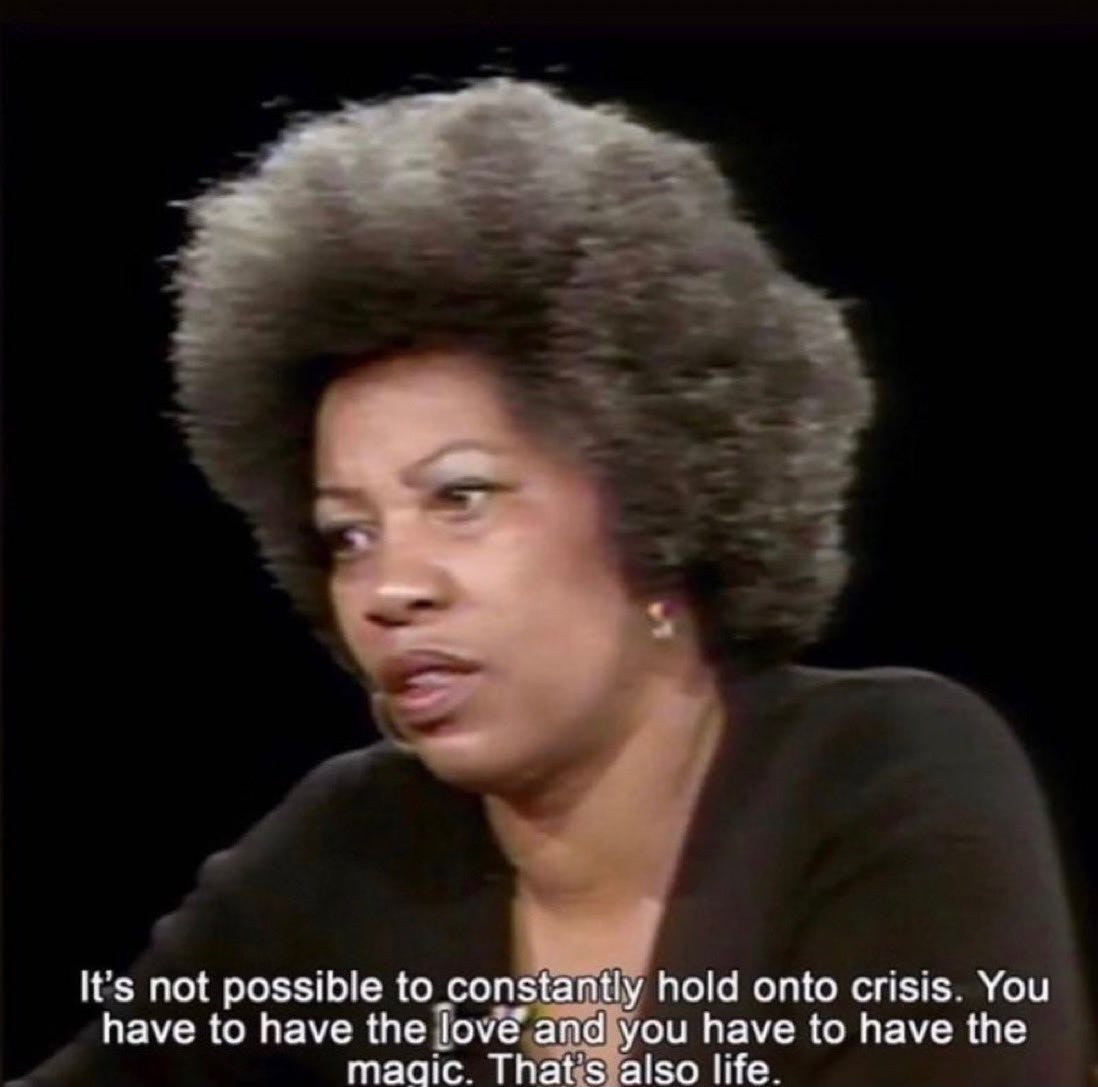
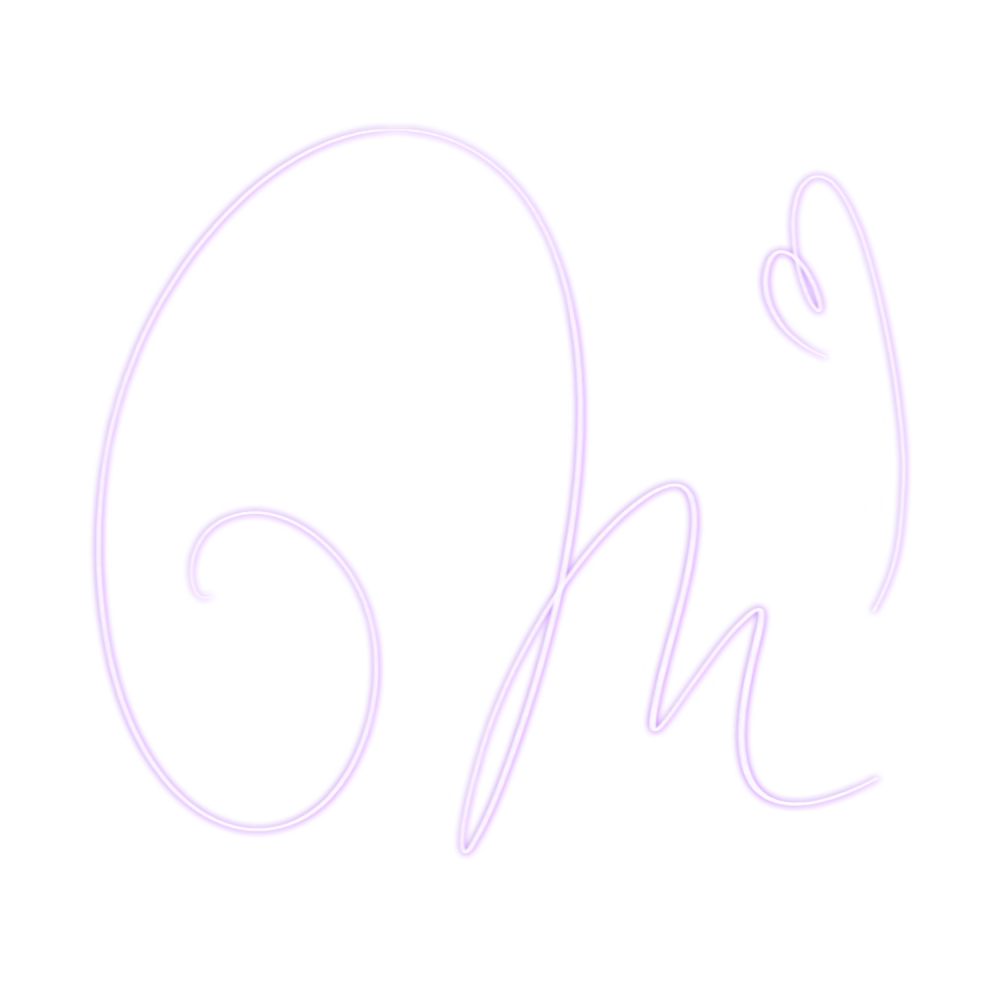
What a beautifully put together introduction. Thank you for this, I am eager to read more from you !
When this is your introduction, like I cannot wait to see whats coming. Loved how you weaved your own subject experience and story into a historical framework ... very interesting way to make a point. Thank you for sharing !